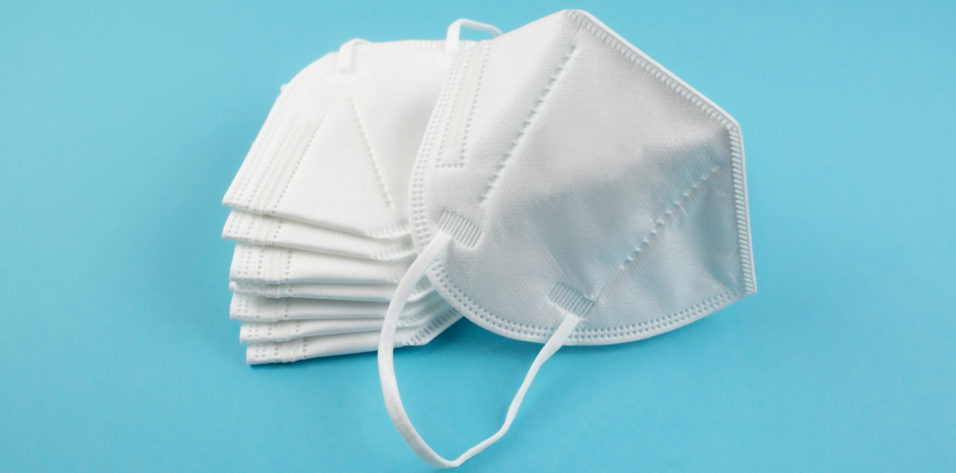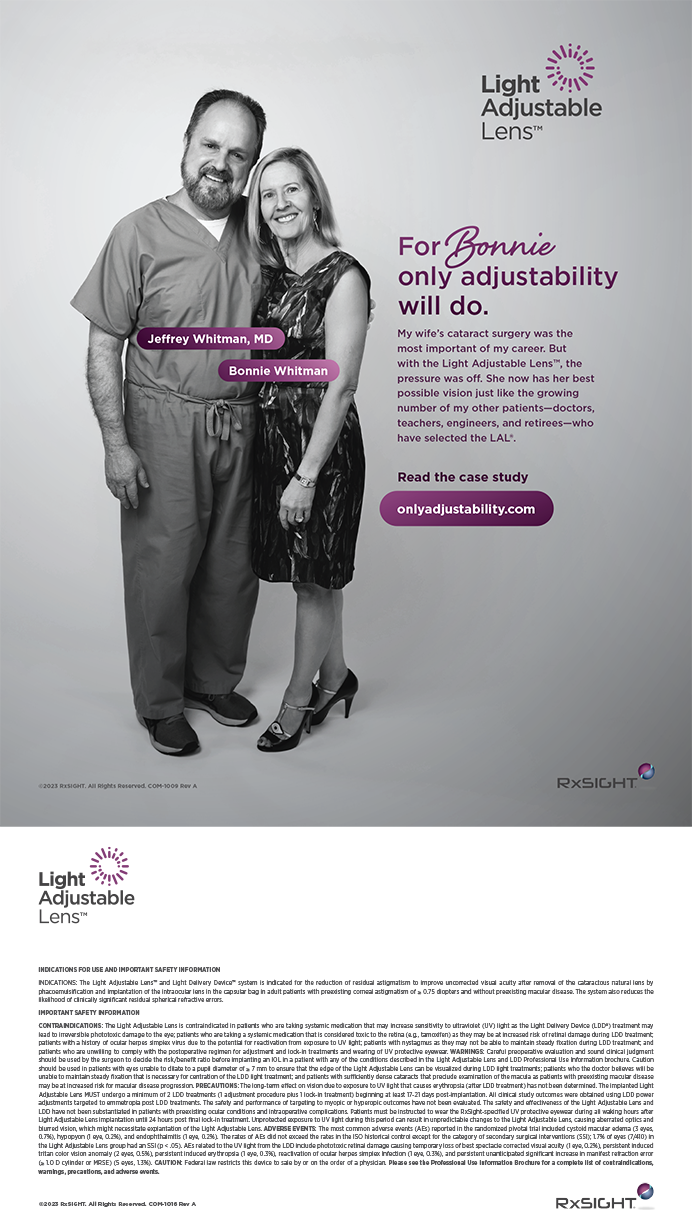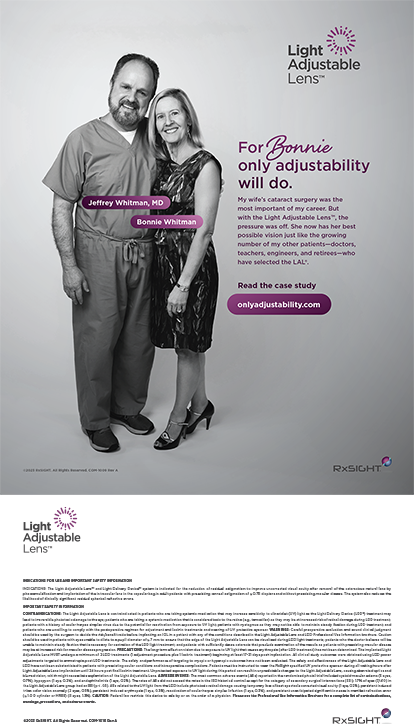What is your perspective on mask use in the practice?
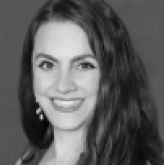
Lisa M. Nijm, MD, JD
"We instituted a mask policy to prevent transmission of airborne illnesses long before COVID-19 emerged. For instance, when a patient had an upper respiratory infection, my staff would automatically give them a mask for that visit, and I would wear one, too. No one likes getting sick—not my patients, my staff, or me—and for some of my patients, contracting a respiratory illness may result in a trip to the hospital. So, as a general policy, we have instituted precautions to protect everyone. I firmly believe that, when you place the patient first, the business part will work itself out.”
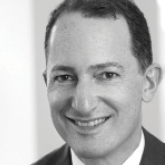
Tal Raviv, MD
"Located in Manhattan, our practice has followed local COVID-19 guidelines as they’ve evolved through the pandemic, which has included universal masking through the present day.
"Mask mandates, however, are regional. When I look at state statistics, it’s hard to see differences in rates of COVID-19 among states based on mask mandates.
"In my practice, 95% of patients present with an N95 or KN95 mask on and the other 5% with a surgical mask. I think most practices follow their local mask sentiment.”
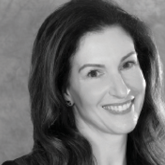
Audrey R. Talley Rostov, MD
"I haven't found that the masks get in the way of my work. In my experience, wearing a mask is perfectly fine and preferable to not wearing a mask during a close physical examination. Working in a medical and surgical practice rather than an optometry or optical retail space, I appreciate mask use. Because we are in such close proximity to patients, it's nice to avoid illness with their use. When it comes to examinations at the slit lamp, I don't plan to stop wearing a mask.
"Mask use can present a challenge for those who are hearing impaired or rely on lip reading, but I can simply sit back from the microscope and pull my mask down when I need to speak so people can hear me better. At first, I was concerned that masks would be a problem for pediatric patients. I've found the opposite is true—even when given a choice, my pediatric patients often choose to keep wearing their masks. They're all used to it.
"In general, I think mask use in the practice is a net positive. It's nice to avoid illness, whether it be COVID-19, a run-of-the-mill cold, or the flu."

Mitchell C. Shultz, MD
"We are more than 2 years into the COVID-19 pandemic. Wearing masks over the past 2 years has at times been considered a political statement. People on both sides have legitimate reasons for their decisions regarding the fundamental question: When should we wear and when should we not wear a mask in the business environment?
"In all aspects of life, we must make choices that, for better or worse, affect others. We have gone from a period in which we lacked understanding, then transitioned to varying degrees of assumed safety as vaccines became available. We now find ourselves at a point when many people have been vaccinated, boosted, and, in some cases, boosted again. There is an overall level of fatigue and desire to get back to our lives as social beings with the freedom to choose for ourselves whether to wear a mask.
"I try to be nonjudgmental when it comes to others’ getting vaccinated and when it comes to wearing a mask. All of my team has been vaccinated, but we have still experienced breakthrough cases of COVID-19, myself included.
"Throughout the pandemic, we have maintained a masking policy for all staff members who have close contact with patients partly to give the perception of personal safety to patients and partly because of the real benefit of reducing the transmission of all forms of viral infection that mask use provides. We also have physical barriers for the safety of our front desk staff and surgical coordinator who interact with patients, but we no longer require patients to wear masks.
"If a patient asks about our mask policy or why staff are wearing a mask, we tell them that we choose to continue to wear a mask in their presence not only for our own safety but for theirs as well. Some patients couldn’t care less about our COVID-19 safety measures but respect the decision. Others are appreciative of the extra steps we take to protect them as they reenter the world with trepidation and remain fearful of the consequences of getting COVID-19.
"There are times when wearing a mask interferes with my ability to visualize pathology at the slit lamp or laser. We therefore have plastic barriers on all devices that require close contact with our patients. I find myself taking my mask off both to catch my breath and to avoid fogging the optics to complete my evaluation or necessary laser treatments. When we are refracting patients or doing Goldman applanation tonometry, patients who continue masking experience the same frustrations. We offer them the option to remove their masks and highlight that we have a physical respiratory barrier between them and our staff for everyone’s safety. Defogging the optics of the slit lamp helps to ensure that the refraction is accurate and allows an unobstructed assessment of IOP.
"In our optical dispensary, my opticians allow patients to remove their masks to try on frames because it is paramount to evaluating the entire facial structure. The opticians also fit progressive lenses on patients without a mask because it affects the position of the nasal bridge or earpieces that are in the way.
"As I begin traveling and attending large gatherings in person again, it is clear that the human quality of talking and experiencing the animation of facial expressions is key to our social and mental well-being. I know I am taking a risk by going maskless, so for the safety of others, I now bring rapid COVID-19 tests with me. I test daily if I have any signs or symptoms of an upper respiratory tract infection or if I know I have been exposed to COVID-19.”
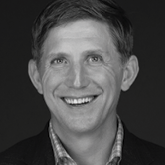
William F. Wiley, MD
"There is a fair amount of debate, to say the least, around the topic of mask use and mask mandates. We’ve certainly given it a lot of consideration in my practice. As COVID-19 moves toward becoming endemic, mask use is becoming less important to maintaining health, but that doesn’t mean that we should get rid of them altogether. We know that there are health reasons for wearing a mask and that masks work to limit the spread of disease.
"In recent months, we have placed less importance on mask use in my practice, particularly knowing that any patient with a health consideration can easily obtain personal protective equipment, such as an N95 or KN95 mask. At what point do masks become important in the clinic? It is mostly a matter of what impression you want to give patients. Some patients will come to the practice with the belief that health care staff members should always wear a mask whereas others believe that nobody should ever have to wear a mask.
"It’s been interesting to observe that masks are used at different rates within the different arms of my practice. In retail, for example, the masks impede patients’ ability to try on glasses and work with the optical staff. Our optical team was therefore quicker to move away from wearing masks than the staff in other arms of the clinic. On the other hand, we’ve seen a boom in LASIK with mask-associated dry eye and fogging of glasses. From this business perspective, mask use could be seen as a positive.
"Maintaining a healthy environment in the ambulatory surgery center (ASC) tends to trump any other considerations around wearing or not wearing masks. It has been easier to keep that part of the business wearing masks longer for several reasons. In general, health care providers have been wearing masks, at least in the OR, virtually forever. Functionally, every provider and staff member has a mask hanging on their neck at the very least when they're in the ASC. It's easy to keep the mask on because you're wearing one already.
"The general clinic falls somewhere between the ASC and optical when it comes to masking. Wearing a mask can fog your lamp, making it hard to see, and the patient’s mask can cause the phoropter to fog, making it hard to do the examination. Additionally, many of our patients have trouble hearing; masks make it harder to hear what someone is saying and make it impossible to read lips.
"We try to be cognizant of patient preferences and their varying levels of comfort. We are in a customer service environment. Some patients are uncomfortable entering public spaces and fearful of contracting COVID-19. We want to make sure they feel safe in the practice. My default approach in the clinic is always to have a mask around my neck. If the patient is wearing a mask, I put mine on. If the patient is not wearing a mask and seems comfortable interacting without one, I leave my mask around my neck.”

